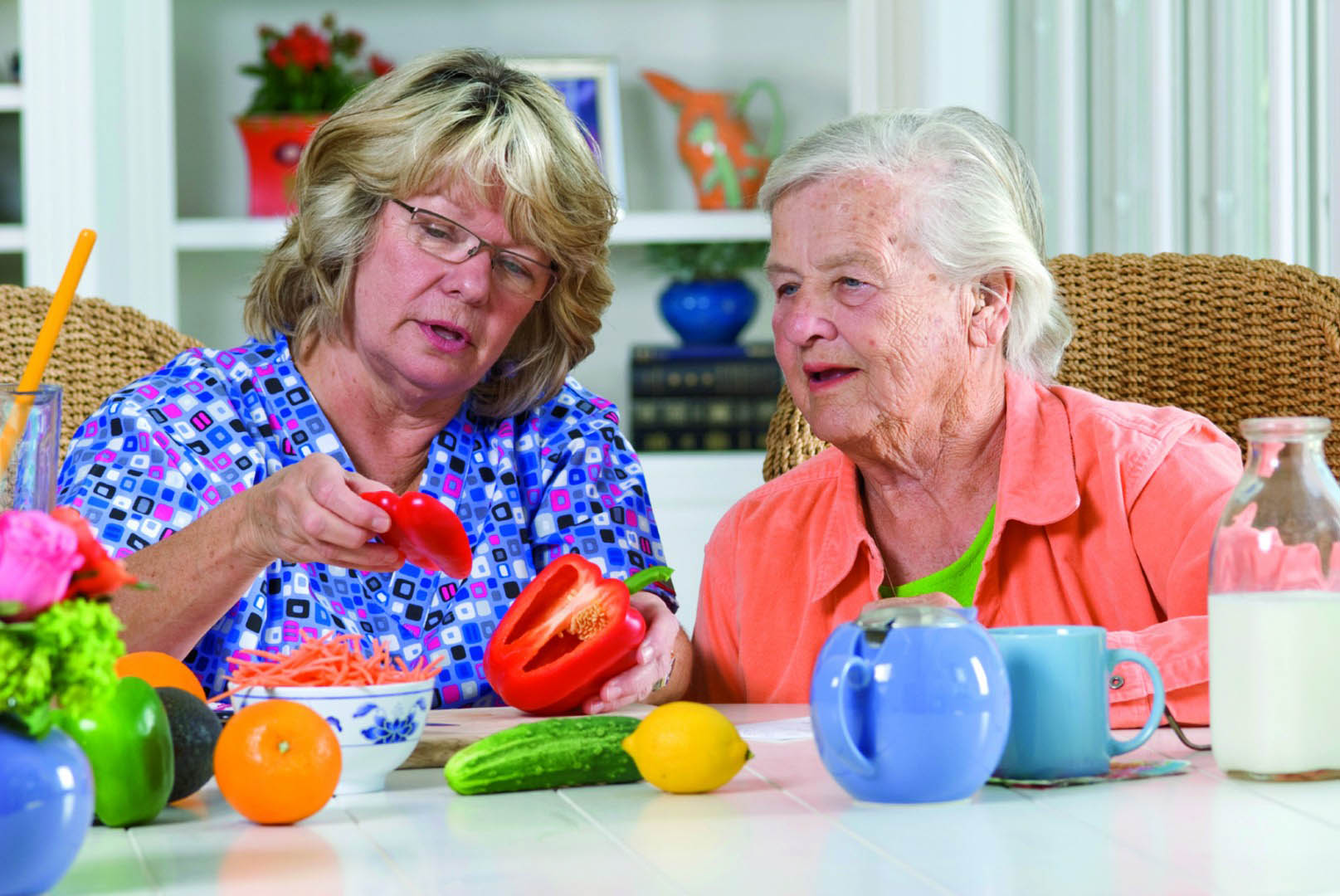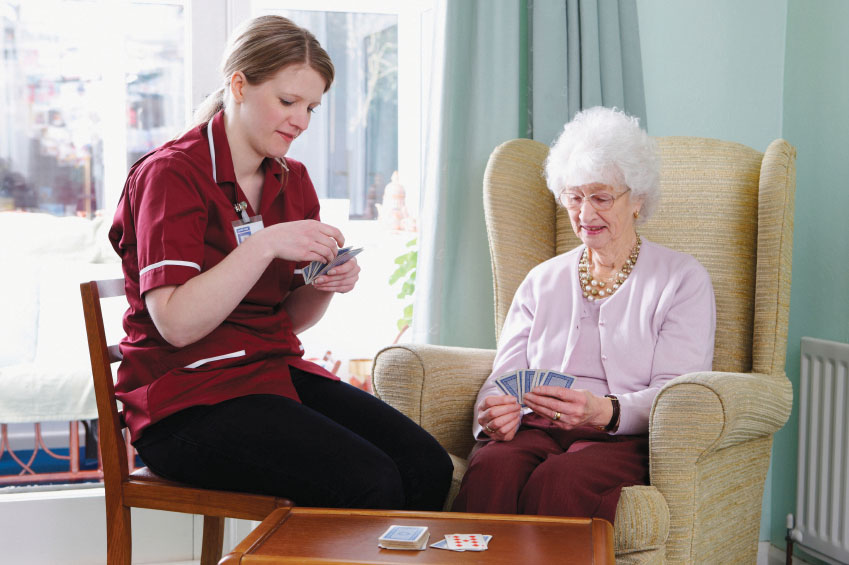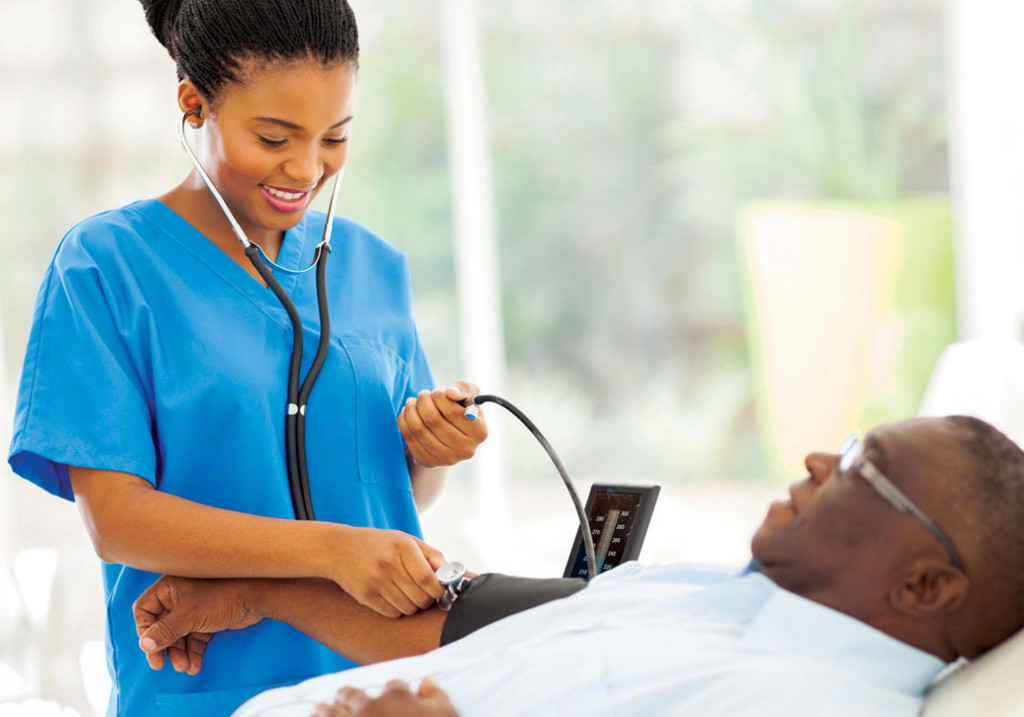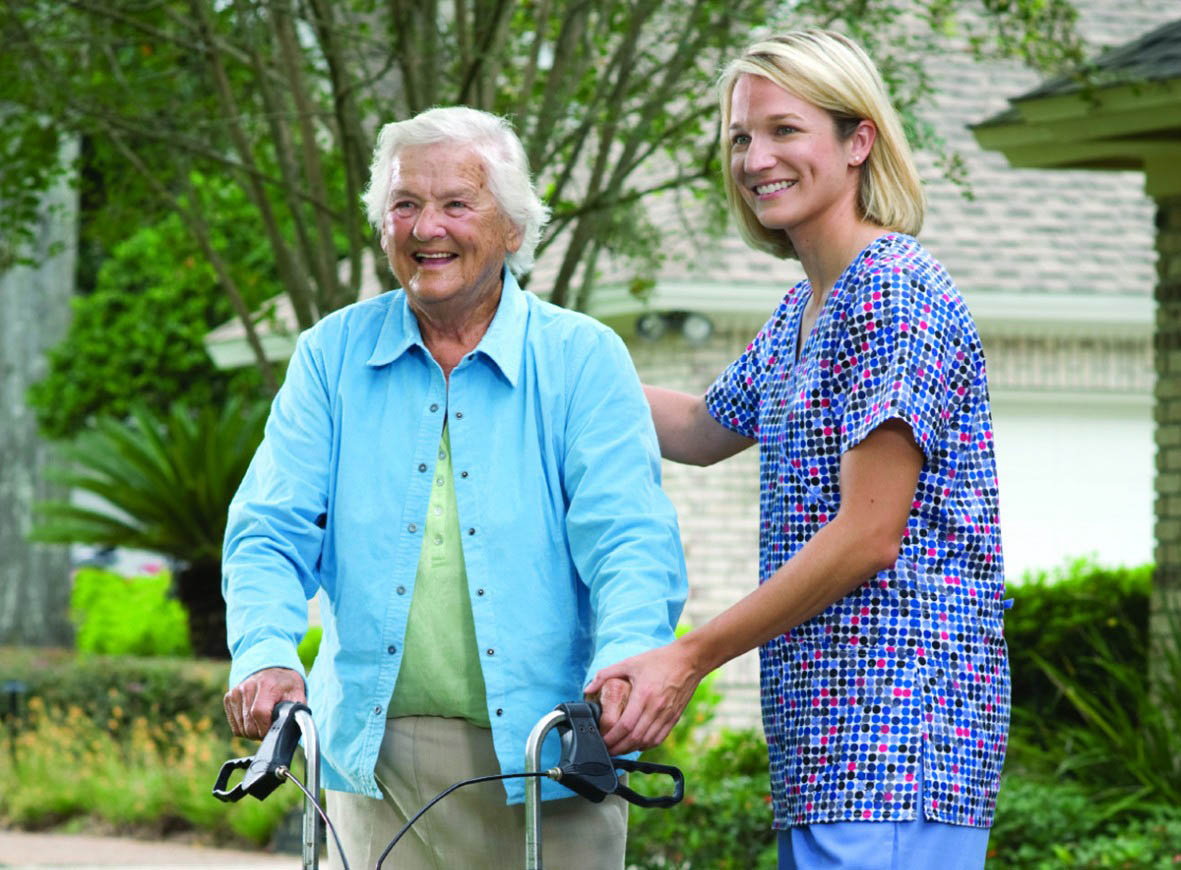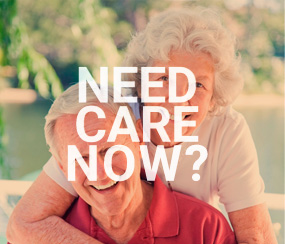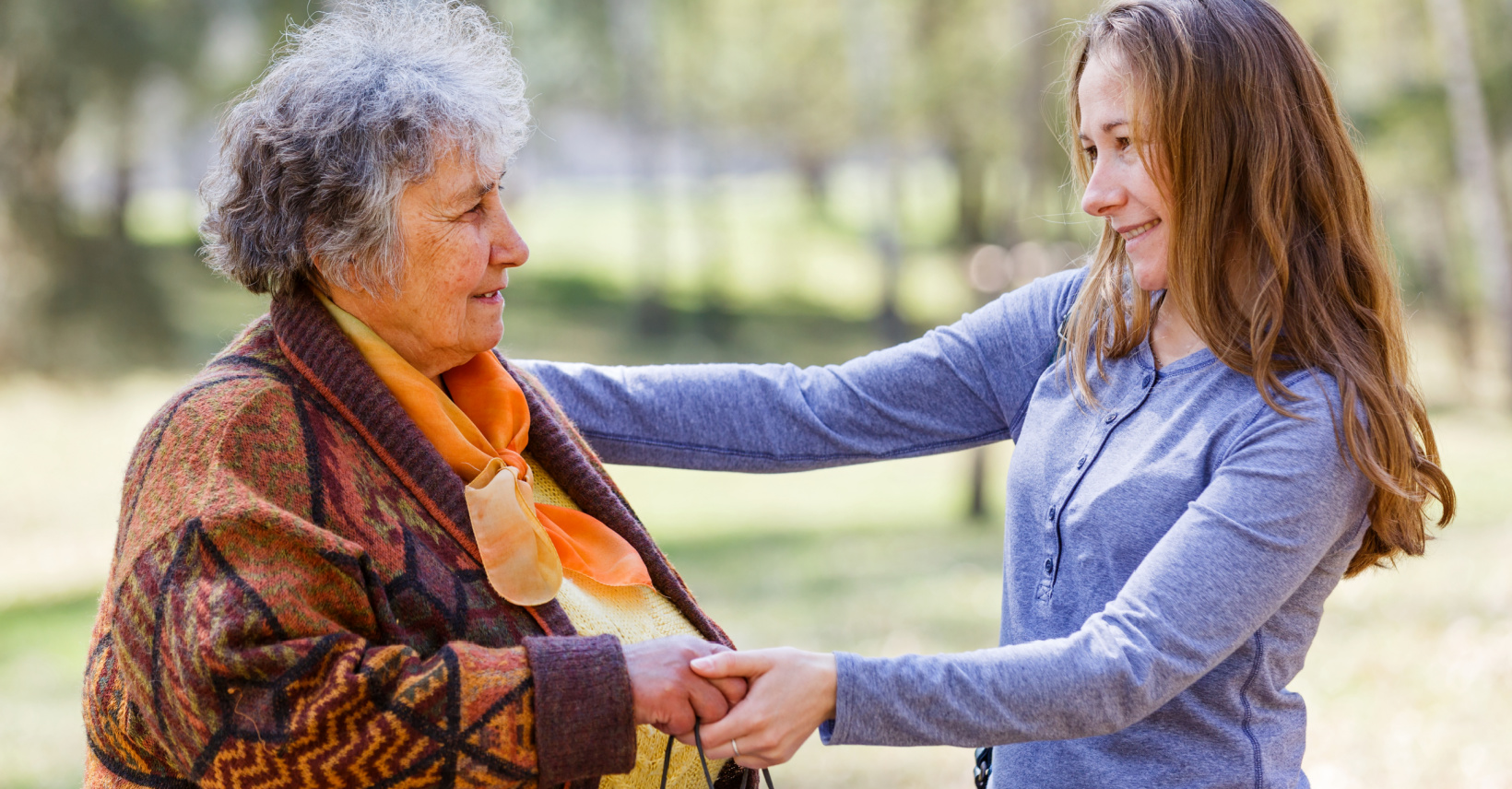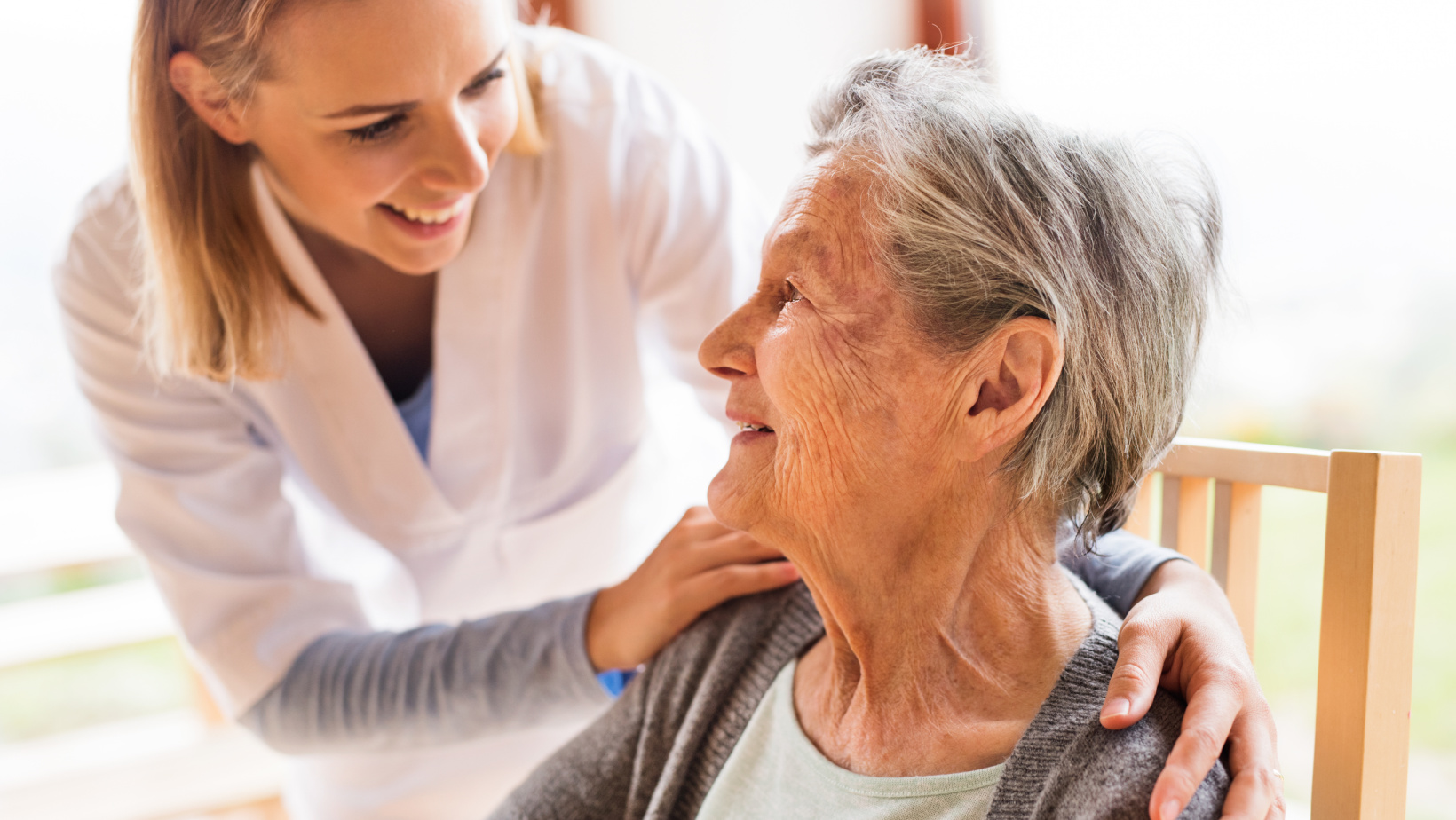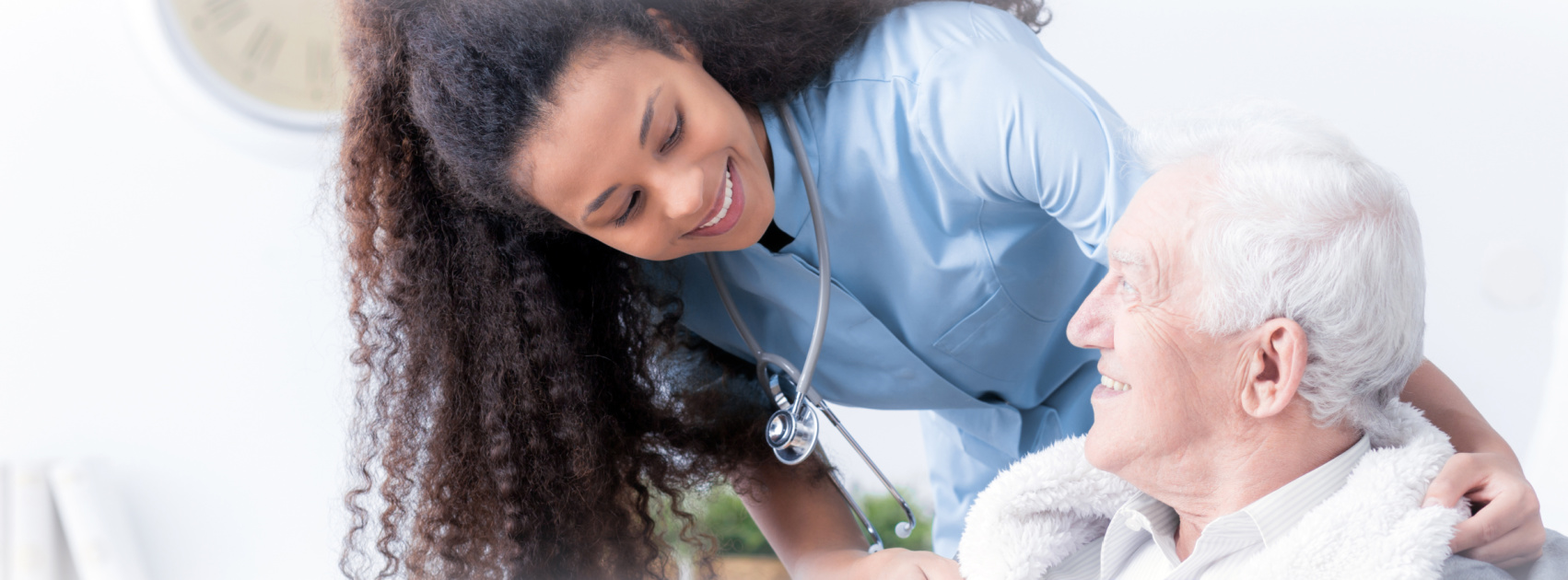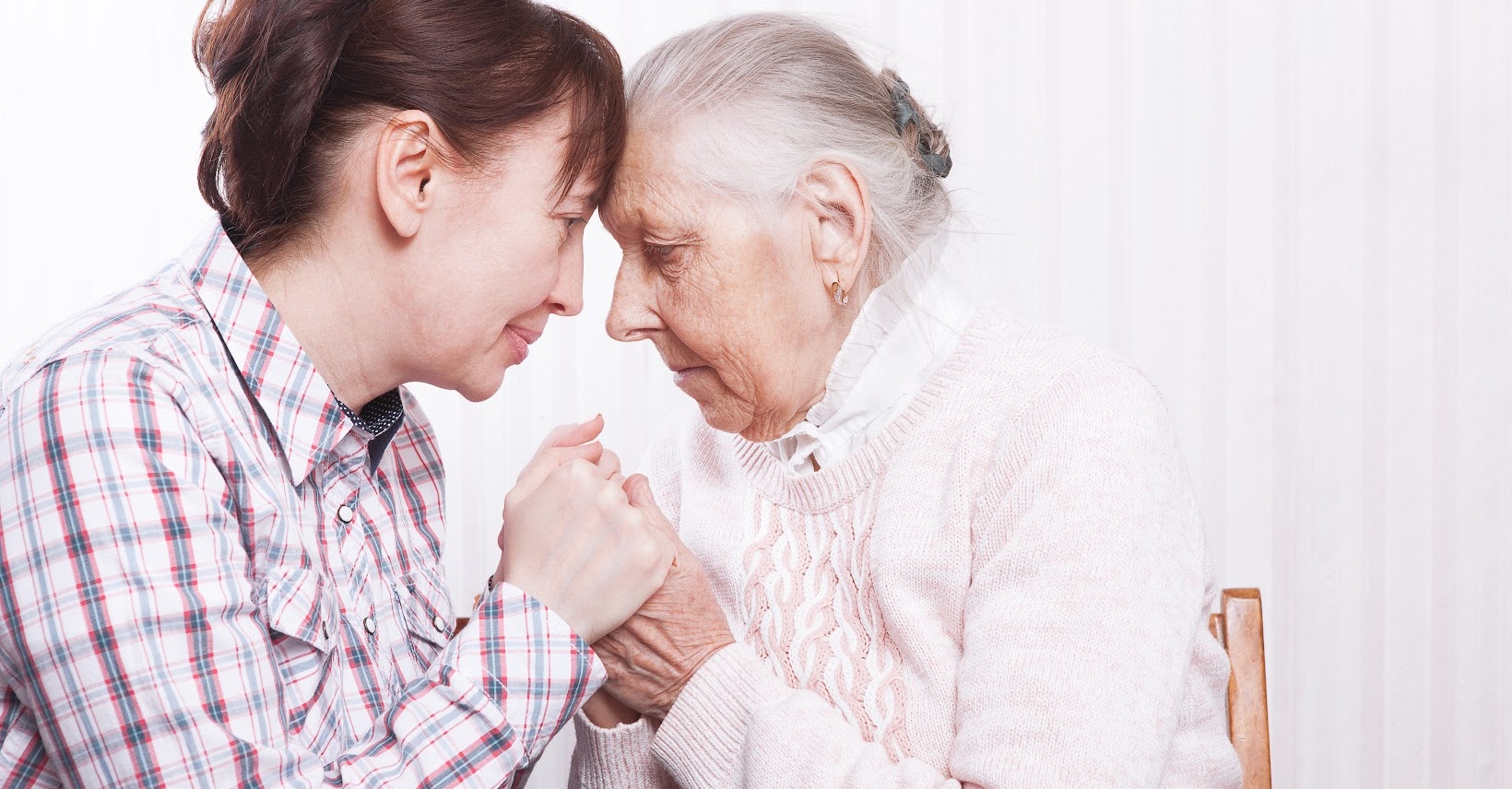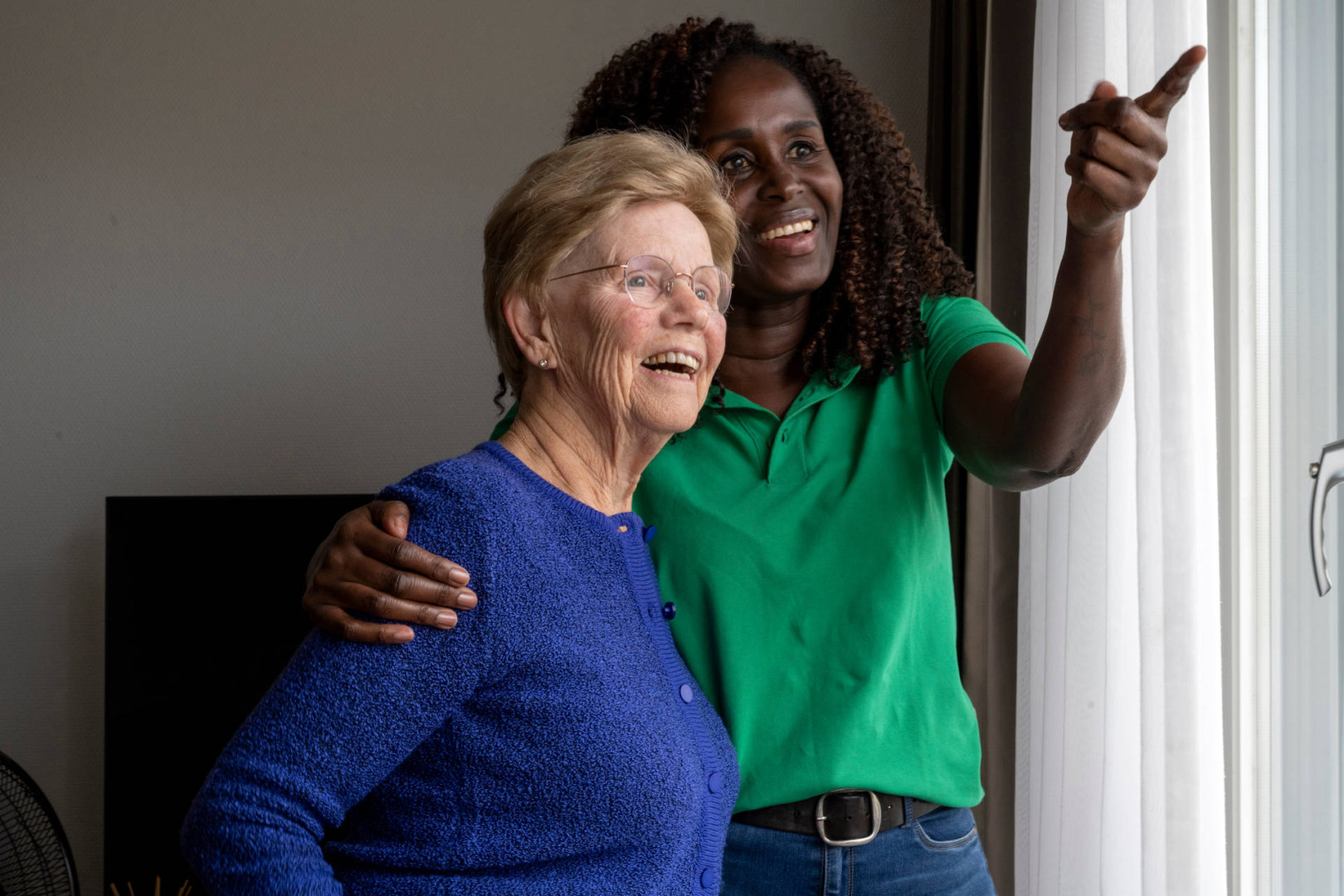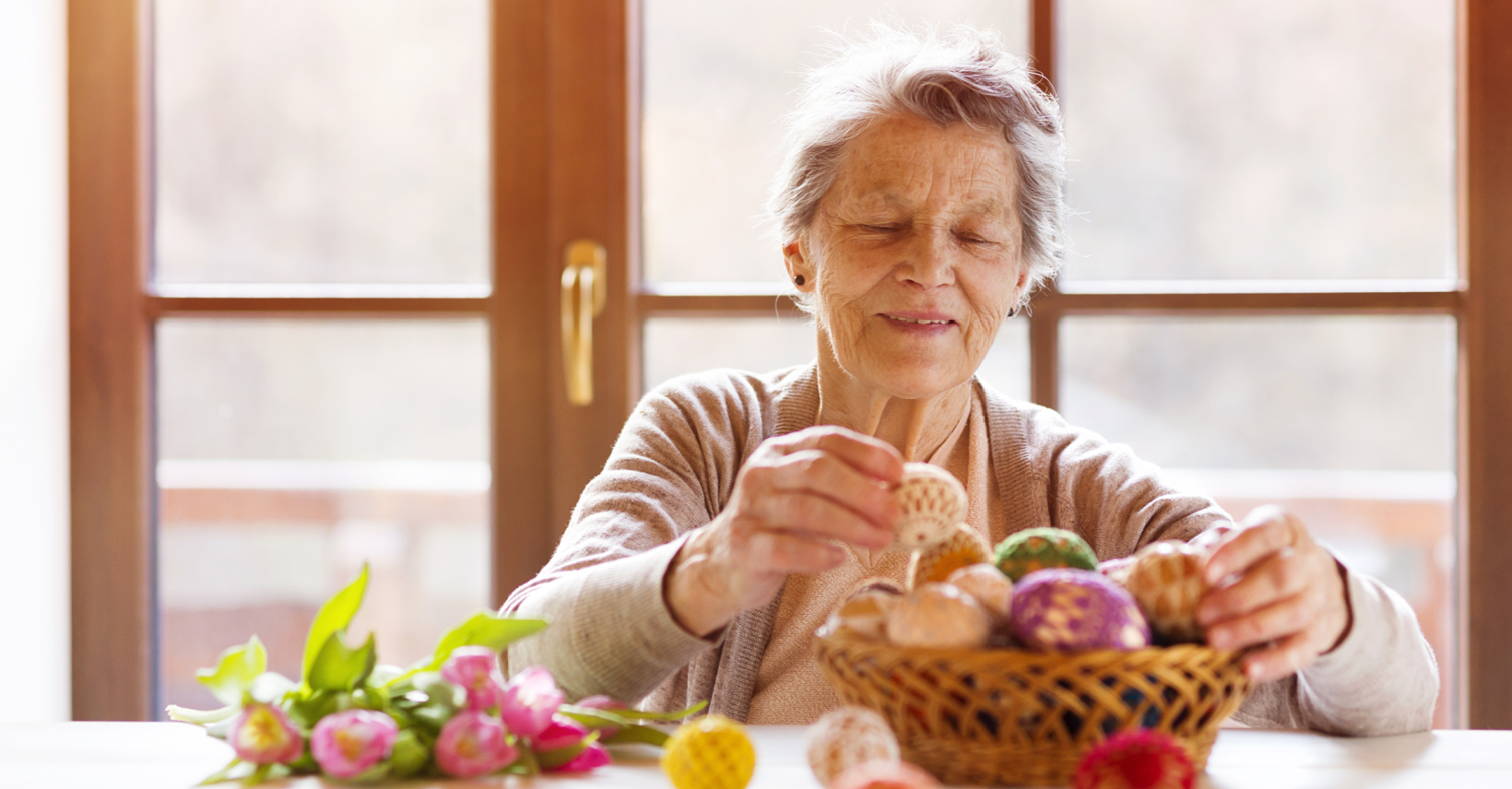During the summer months, high temperatures and humidity can lead to an increased risk of dehydration. It is important to ensure that sufficient fluids are consumed to prevent dehydration and to maintain good health.
Why Seniors Are at Risk
Seniors are more susceptible to fluid and electrolyte imbalances. As our body ages, the ability to conserve water is decreased. With less conserved water in our bodies our seniors have more difficulty adapting to fluctuating temperatures. As we age our sense of thirst also diminishes. By the time someone actually feels thirsty, essential fluids could already be extremely low.
Signs and Symptoms of Dehydration
As a caregiver for our seniors it is of the utmost importance to be mindful regarding the signs and symptoms of dehydration and to have open communication with a healthcare professional if you see red flags that could indicate complications from fluid loss.
As a caregiver it is important to pick up the early signs that a senior needs to increase their fluid intake. Try to remember that a senior being thirsty is not usually a helpful indicator. A person who already feels thirsty may already be dehydrated. Initial signs to look for include headache, constipation, muscle cramp, dry mouth and tongue and sleepiness. Also urine color is a great indicator a senior who is properly hydrated will have clear or light yellow urine.
Signs of Severe Dehydration
-Little or no urination
-Dark or amber-colored urine
-Dry Skin that stays folded when pinched
-Irritability, dizziness or confusion
-Low blood pressure
-Rapid breathing or heartbeat
-Weak Pulse
-Cold hands and feet
Preventing Dehydration
Seniors need around 64 ounces of fluid everyday. However that amount should increase as the temperature and humidity levels increase.
A guideline to keep in mind in trying to balance fluid intake with output. If a senior is sweating or urination has increased, then their fluid intake should become more frequent as well. When a loved one is afflicted with an ailment that induces fever, diarrhea or vomiting it is important to keep an eye on their fluid intake. Please keep in mind that we can also become dehydrated in the cooler temperatures as well.
Ways to Increase Fluid Intake
Please keep in mind that water is not the only option. Most liquids count towards the 64 ounces (except for alcohol), there are also many foods that count as well.
Consider both savory and sweet flavors. Broths and teas are great sources of savory. For more sweet popsicles, milkshakes and smoothies can be a fun way to intake fluids.
The way a caregiver serves beverages can really make a difference in how our seniors enjoy and are able to drink them. Try serving drinks with different temperatures to see what suits them best. By serving a drink at the preferred temperature may also help increase their liquid intake.
Drinkware is important. Seniors with low vision using an opaque and brightly colored cup can make a big difference. A brightly colored cup will help them to find the cup easier which will remind our seniors to drink more often
Our seniors do face other challenges such as difficulty swallowing, tremors, arthritis, motor skills problems or muscular weakness. Making sure you have the proper drinkware helps such as cups with two handles, a non spill lid or a built in straw.
Foods can be Hydrating, Too
While water is the go-to for most people. Keep in mind that beverages are not the only source of fluids. Fruits and vegetables can be a great source as well. A small plate of cut vegetables served with a healthy dressing or hummus can be both nutritious and fluid-filled snack
Foods with High Water Content
Ingredient | Percent Water | Serving Size |
Cucumber | 96% | 1 cup peeled and sliced |
Tomato | 94% | 1 medium |
Watermelon | 92% | 1 cup diced, or 10 balls |
Bell pepper | 92% | 3/4 cup sliced |
Grapes | 92% | 1 cup |
Cantaloupe | 90% | 1/10 (1 small wedge) |
Orange | 97% | 1 medium |
Blueberries | 85% | 1 cup |
Apple | 84% | 1 medium |
If a senior has an aversion to fruits and vegetables, especially when they are uncooked, high water content foods like crudités, salads or gazpacho may be an unrealistic approach. Instead, adding healthy ingredients into foods they already enjoy can yield small victories for a caregiver. Try adding a cup of fresh berries to a loved one’s yogurt, cereal or dessert, or add slices of tomato and a few leaves of lettuce to wraps and sandwiches. These may not seem like meaningful additions, but every little bit adds up. Incorporating these items on a daily basis can help your loved one prevent dehydration without significantly changing the amount of liquid they drink.
While these helpful guidelines make good health-sense, it is important to stay in communication with your loved one’s doctor and keep in mind that managing some medical conditions, such as heart failure and kidney or liver disease, may require intentional restrictions of fluid intake.
Expert - Jennifer Leeflang Aging Care https://www.agingcare.com/articles/hydration-tips-for-seniors-205594.htm
For more information in regards to Dehydration in Seniors or for more information in regards to our services contact Amy’s Helping Hands at (519) 915-4370 for a free in-home consultation or visit our website at amyshelpinghands.ca.


